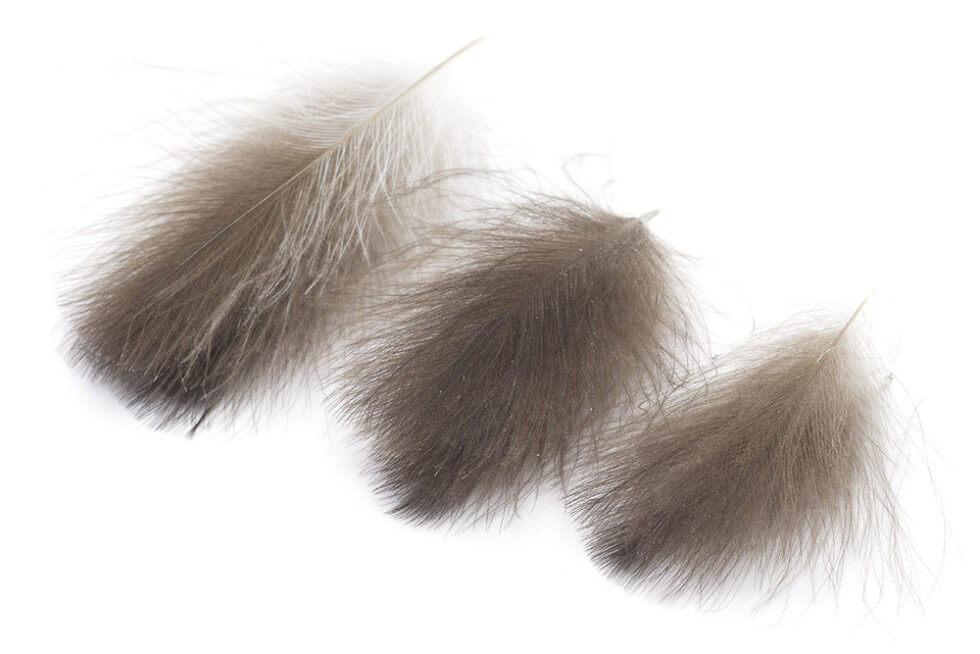
CDC feathers are most often delivered by shops in bulk in plastic bags. There you will find all sizes and all qualities possible. It is very rare to find a shop to offer CDC selected on quality or sizes. For these reasons you have 2 options:
- When you receive the ordered cdc bags you have to start selecting the feathers based on size and feathers quality.
- When you start tying a fly, you start looking for a certain feather which suits to the hook size and pattern.
In both cases, it is time consuming. But in the second case you will be tempted to buy more because you will have the idea that what you have is not good or the quality of feathers is not great. Because you’re wasting your time looking for the right size…
Based on these situation personally I prefer to select all feathers by size, source and color. I have bags with CDC stored in wallets which I found great for traveling.
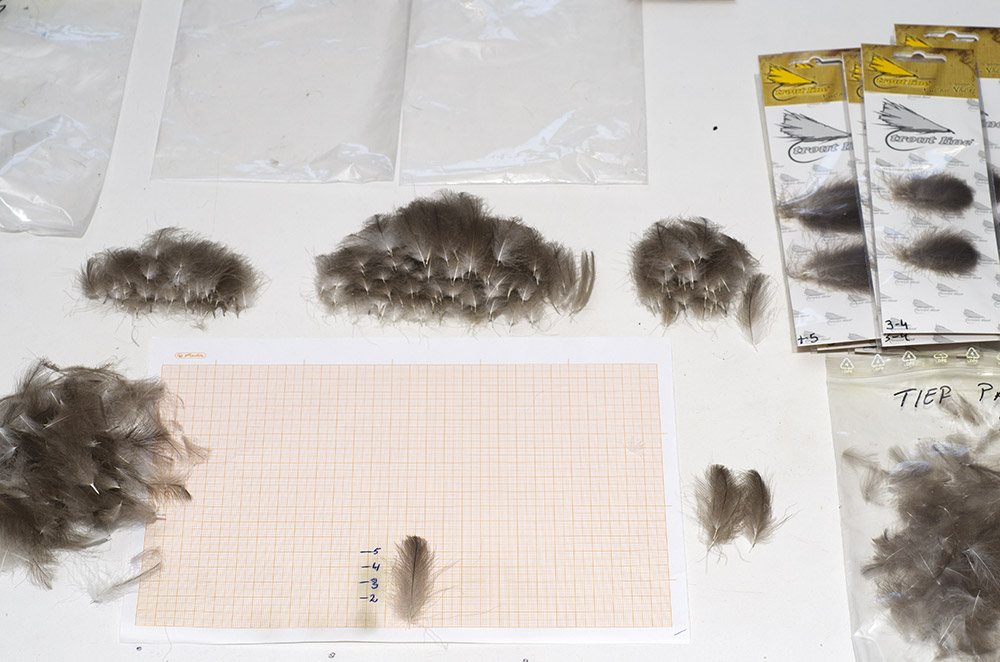
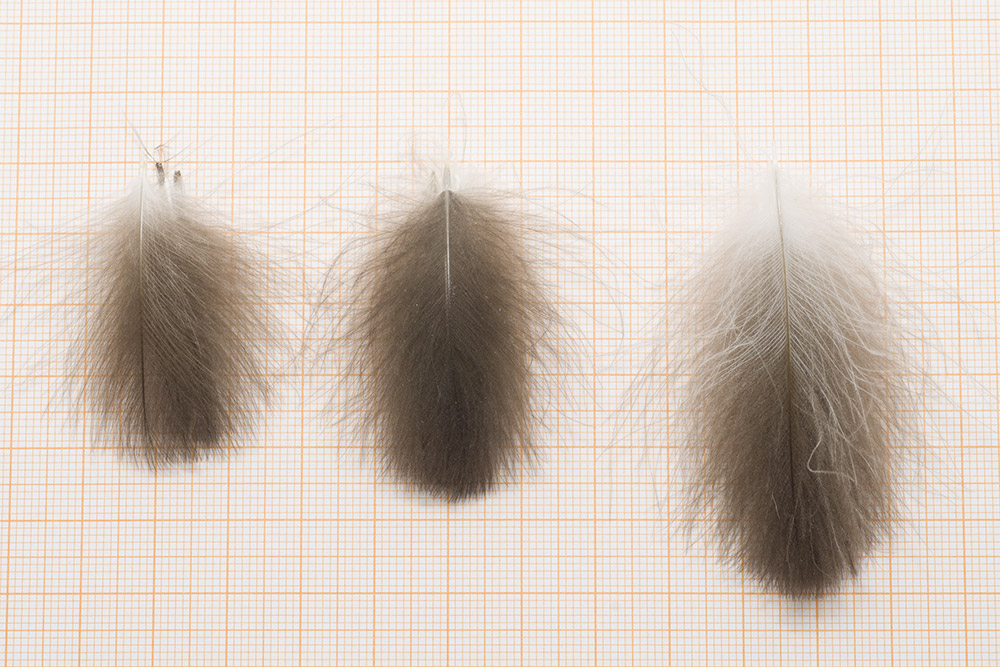
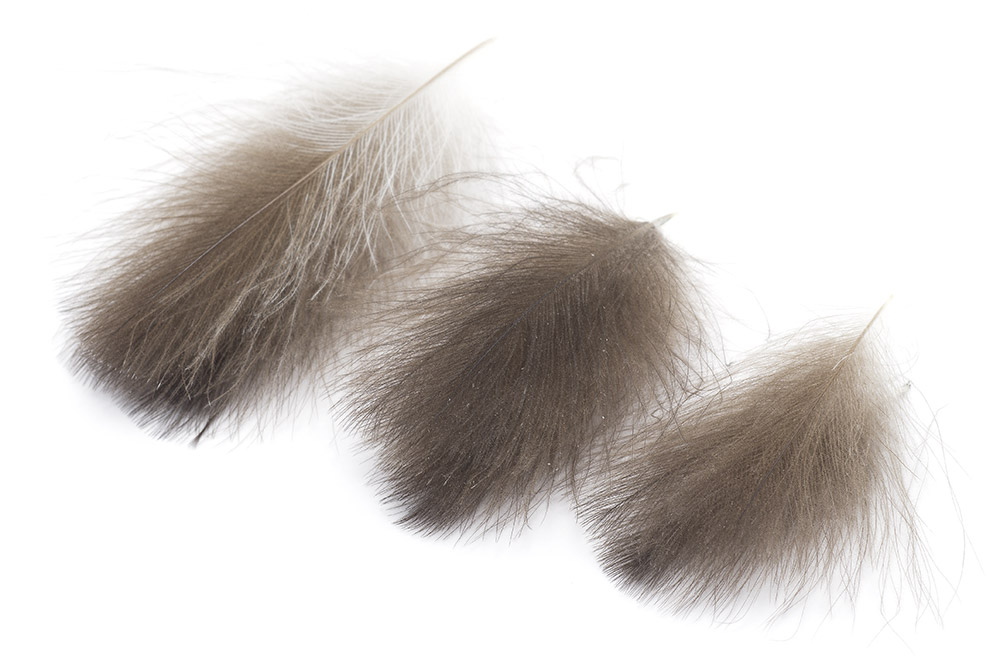
Now, when we talk about selecting CDC feathers you have to take in consideration the quality of the barbs, the length of the stem and if the stem is over bended or is straight.
What means quality barbs:
Long nice barbs with fluffy structure are good. They are perfect for dry flies!
The barbs which look like a piece of hair without fluffy structure means that are old or damaged. That doesn’t mean they’re bad! You can use them for something else, for example: they are great for hackle for wet flies or for nymphs!
Feathers stems:
Long feathers= stiffer stems=thicker stems. Short feathers=elastic stems=thinner stems.
In this case you have to take in consideration what flies you like to use. Small flies=small feathers. Large feathers= big flies. But I consider that is better to use 2 small feathers instead of one large feather. The reason: elastic stems help the flies to recover their shapes after catching a few fish. A stiffer and a thicker stem can be broken or deformed. Take in consideration the fact that a thicker stem will provide a bulky look and a bulky head for your flies.
Barbs quality:
A good cdc feather means nice and uniform barb structure. Lots of guys think that super fluffy feathers are the best. Not really! The barbs should have a n uniform structure from the tip to the stem. Not too dense ramifications not too rare ramification. The best reference to learn is to use cdc feathers from wild ducks.
Matching the size of feathers with the size of the hooks:
For small and very small flies you need feathers under 3cm if you prefer to use the entire feathers, preferably those in 2cm. But you can use the tips of larger flies as well.
My favorite CDC size is up to 2cm length. Those feathers have the finest and most elastic stem and they are perfect for micro dun flies. I use also a lot the feathers between 2 and 3cm because my cdc flies are under size #16. Some times I use larger feathers when I make bodies using an entire feather.
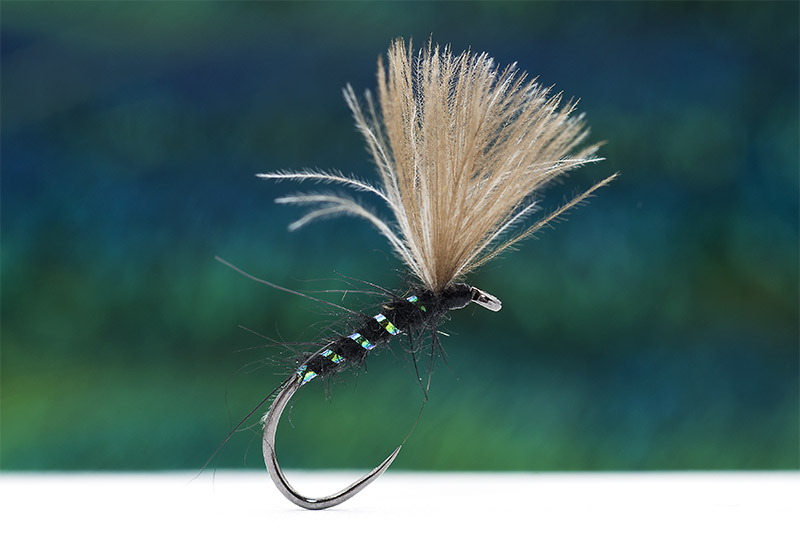
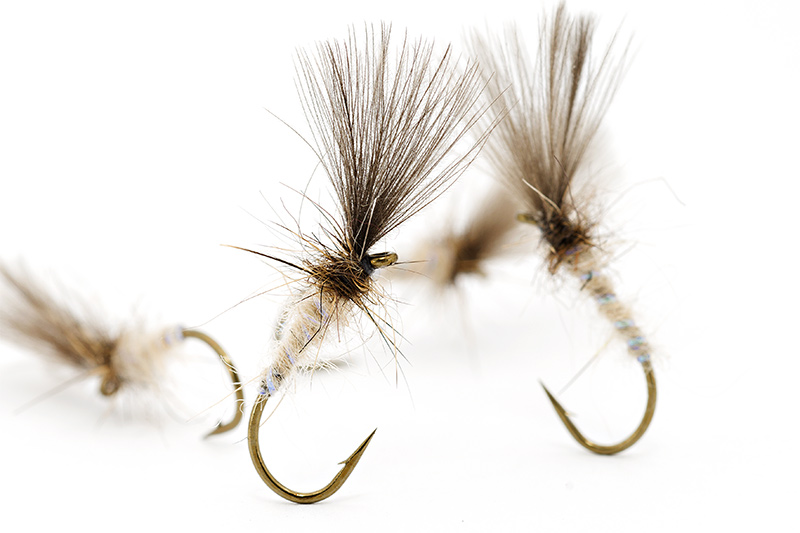
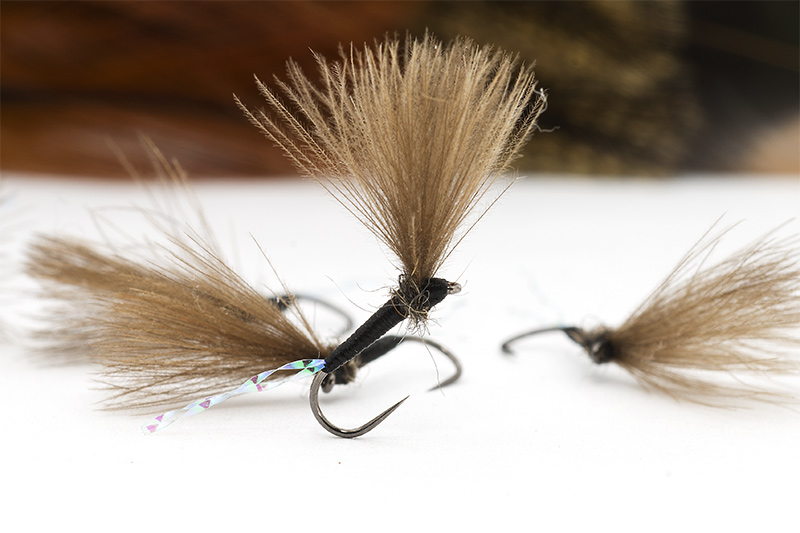
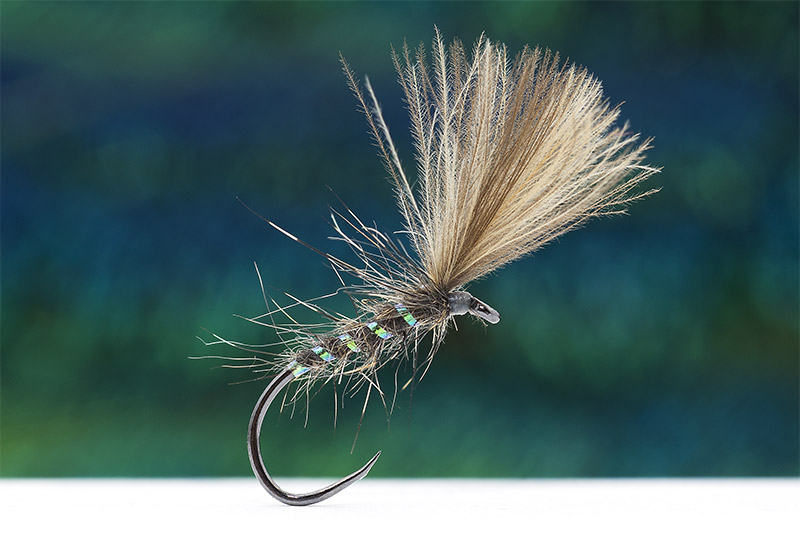
So if you like to make small cdc flies like dun flies and spent flies I highly recommend you to use small feathers ( up to 3cm) because the stems are more elastic and more thinner.
If you like to make large flies on hooks between #16-14 then all CDC over 3cm are perfect. You can use these feathers for wings and bodies in the same time.
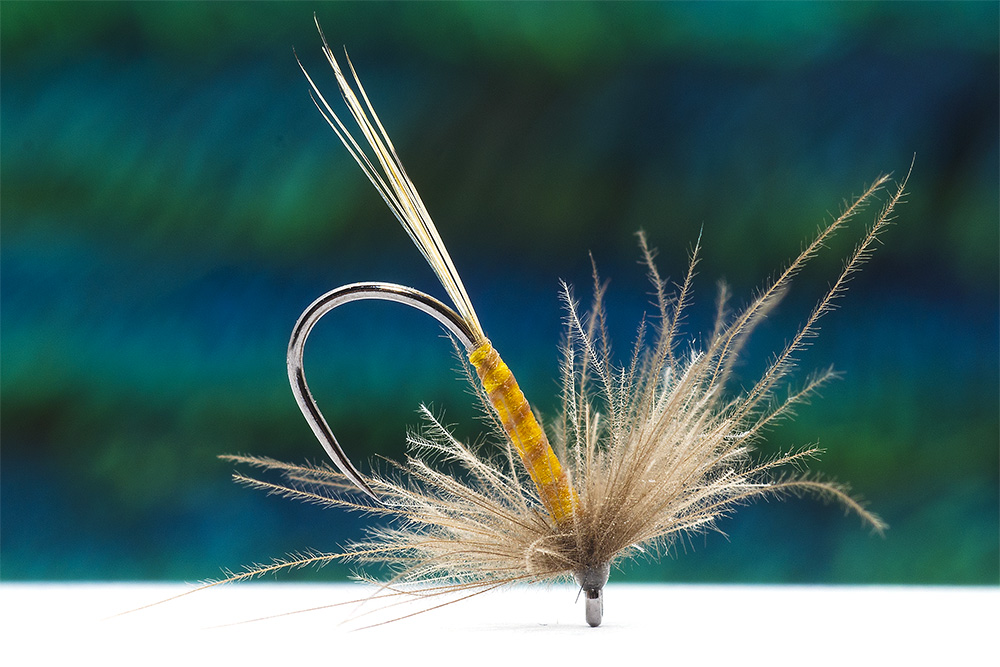
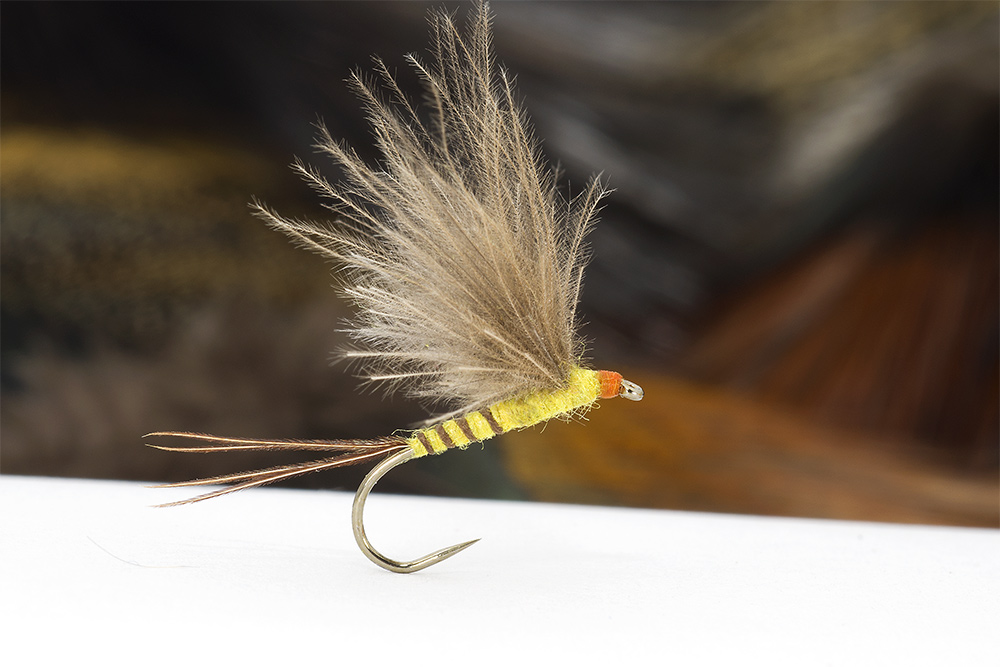
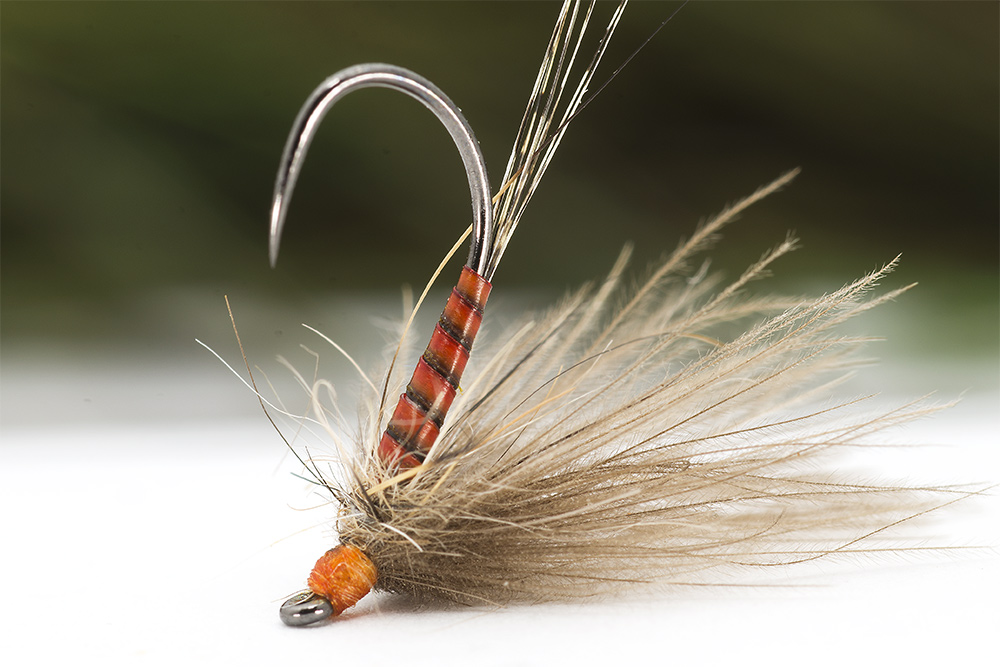
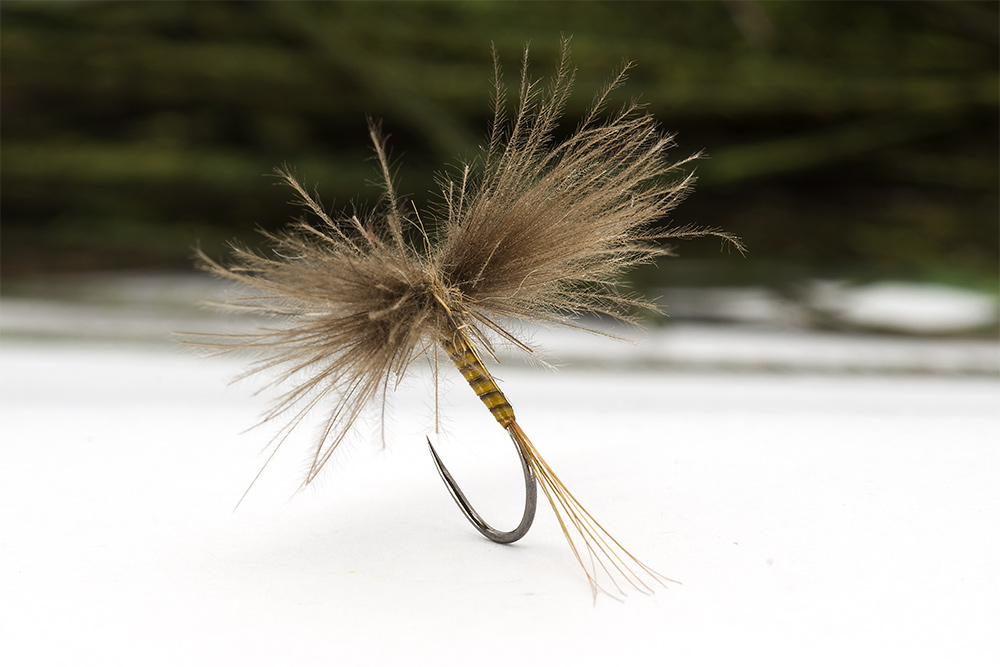
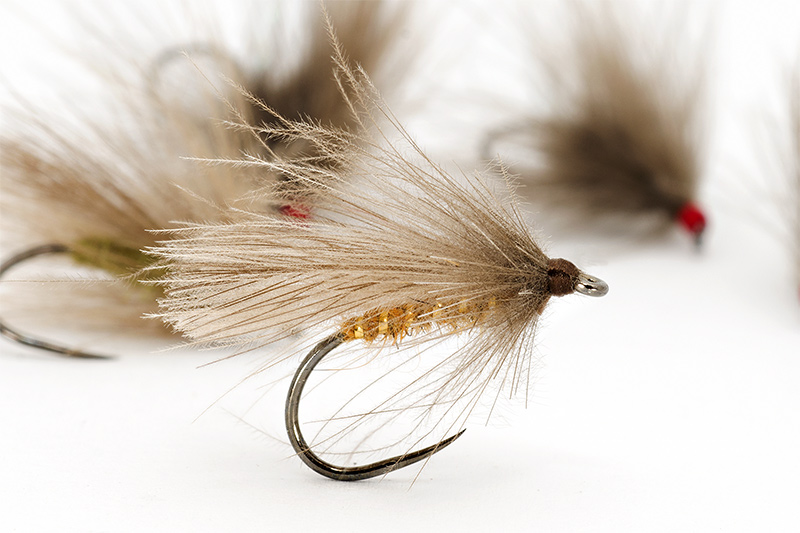
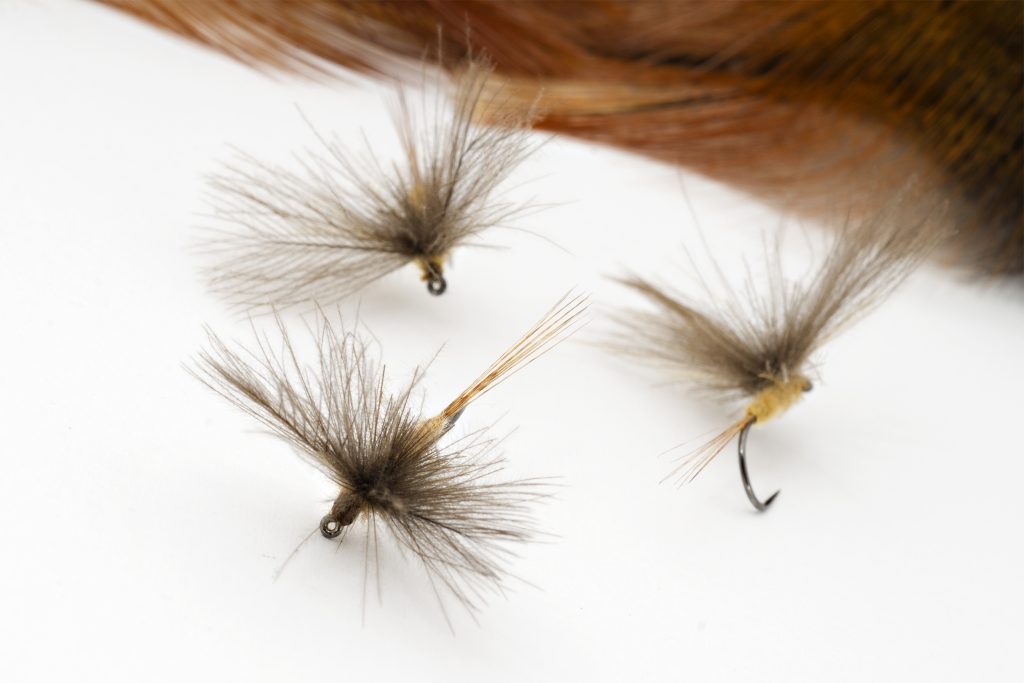
For flies tied on size #14-12 you can use for wings the CDC feathers in 3-4mm and for bodies the CDC over 4cm. For Parachute flies you can use any cdc you like because you can trim de barbs to match the flies proportions.
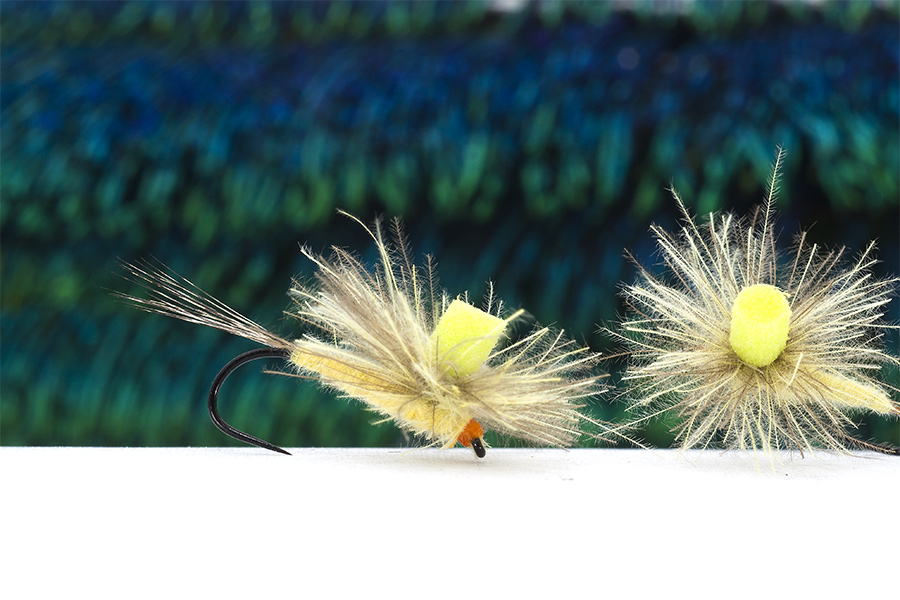
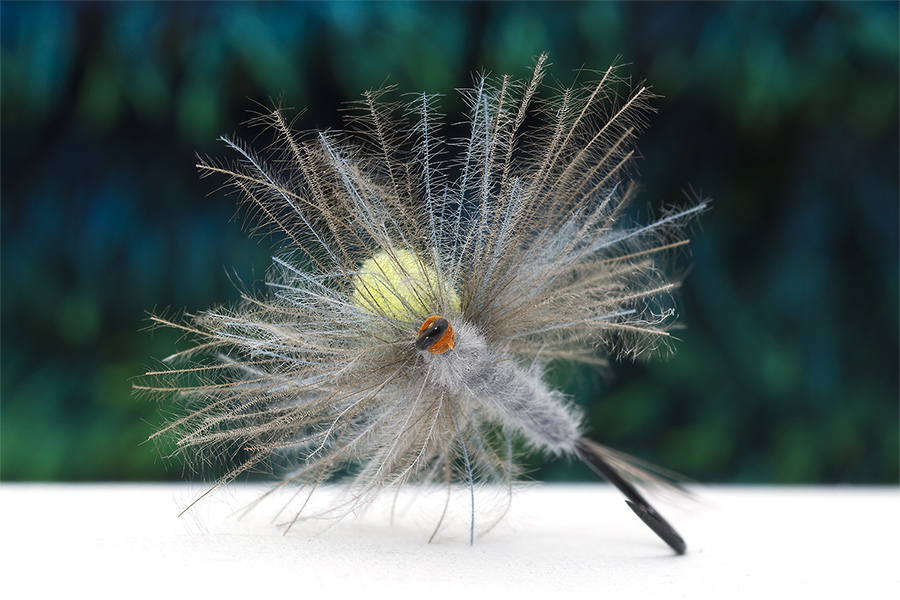
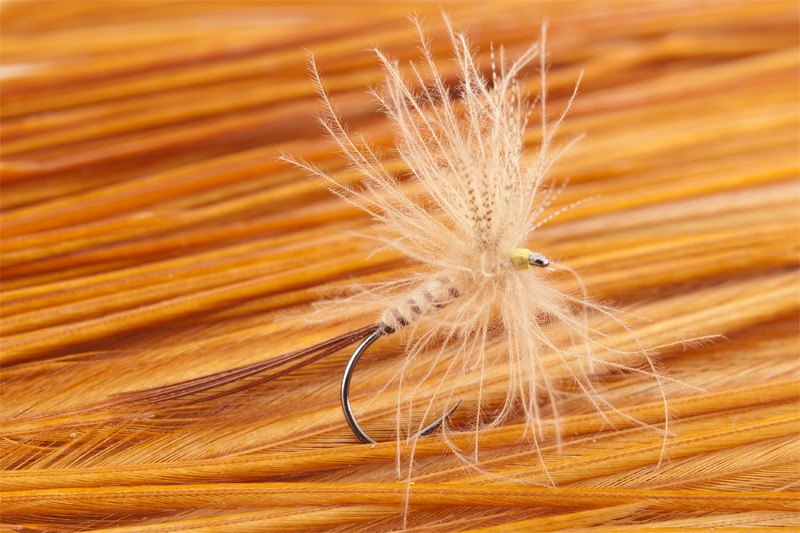
Those huge feathers over 5cm are rare and they are great for really big mayflies and stoneflies. Of course you can trim the barbs to fix them in thread loop to make hackle, big spent mayflies or to create saltwaterflies ( like cdc seatrout shrimps )
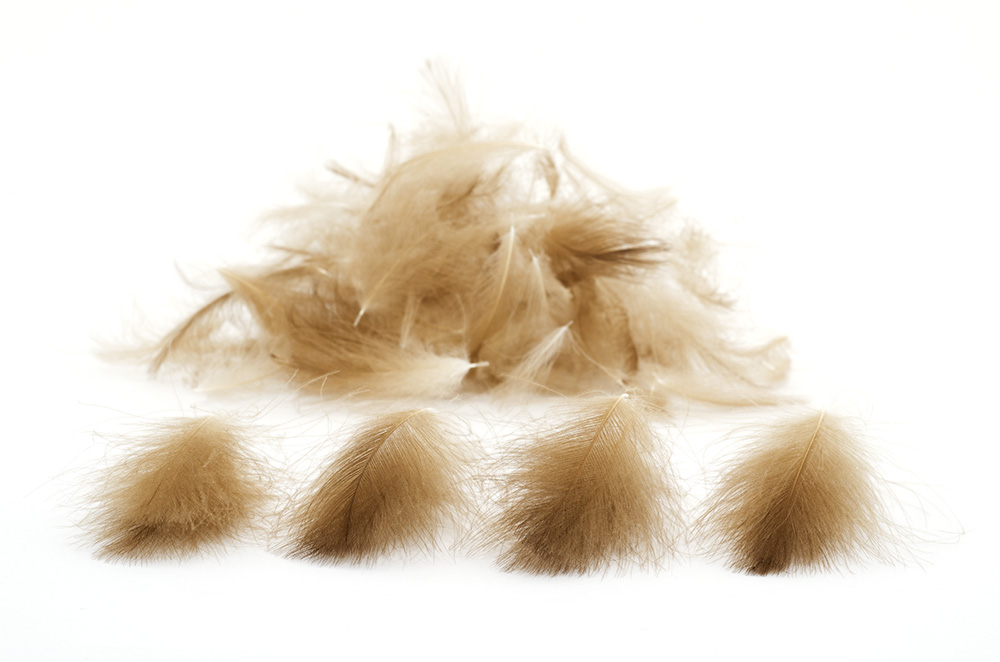
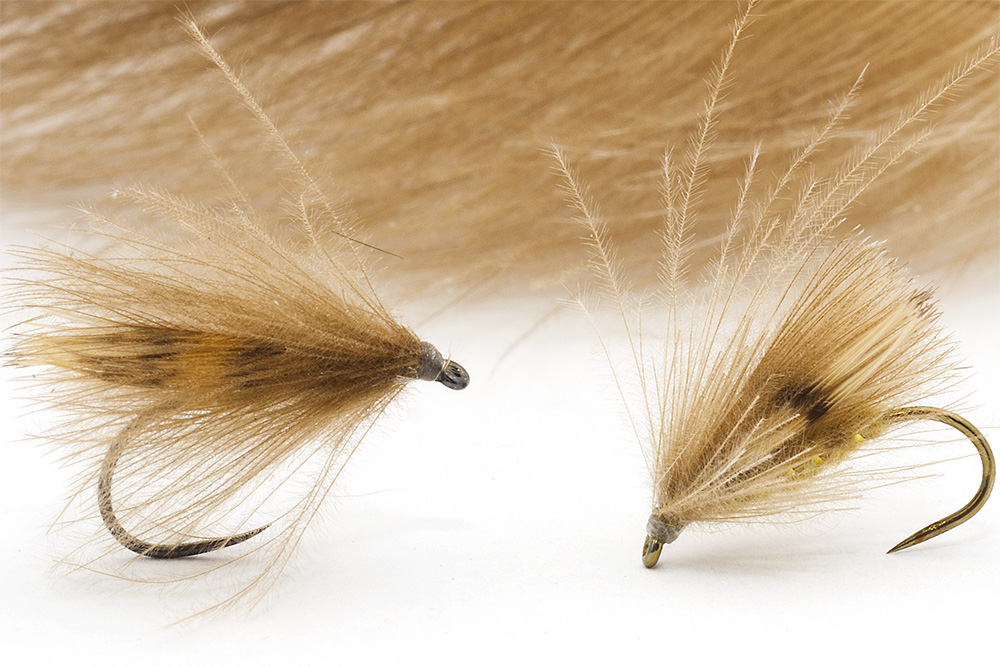

Leave a Reply